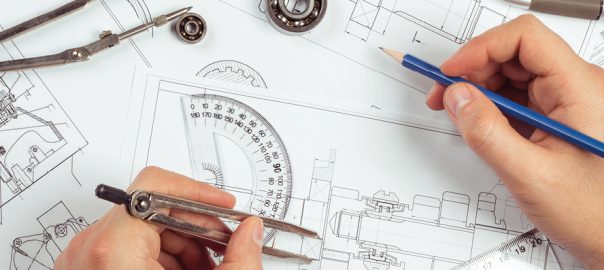
A municipal wastewater treatment facility must meet regulations. The problem is those regulations change. If your plant’s equipment is failing to meet the changing regulations, you face fines and penalties. If you’re just starting out, those same regulations apply to your new water treatment plant.
The goal of wastewater treatment is to remove pollutants and contaminants from sewer/septic water and run-off. Animal waste, chemical cleaners, pharmaceuticals, and pathogens like cholera are all examples of these contaminants and pollutants. In order to keep streams, rivers, lakes, and oceans clean for swimming and fishing, water must be cleaned, treated, and returned to homes or the environment. Before the water is returned, it must meet tests to ensure it’s free of minerals and heavy metals like arsenic, lead, and mercury. These guidelines are set by the government.
How do you meet the demands of the municipality you’re serving and keep up with the changing regulations? These municipal wastewater treatment tips help you prioritize the importance of the right wastewater treatment system.
Recycling Water is Important to the Planet’s Future
The EPA estimates a person uses 80 to 100 gallons of water each day. Agricultural use raises this even higher. The USGS estimates 322 billion gallons are used each day in all. Residential use is around 39 billion gallons per day.
The importance of recycling wastewater has been shown around the world as water sources dry up. Lake Mead is a good example. The lake provides water to the majority of homes in Southern Nevada. The lake level has decreased drastically over the years. When full, the lake is just under 1,230 feet. In recent years, the lake has reached a high of 1,090 feet. Recycled water could lower the demand for these water sources. Instead of drawing from lakes and rivers, water treatment plants could turn wastewater into clean drinking water to return to public water sources.
Maintenance is a Must
Juneau, Alaska, learned about inadequate wastewater systems back in 2000 when the EPA sued the city for $60,000 and talked about criminal charges for allowing raw sewage to be discharged into local waterways. Some of the wastewater was backing up into homes. Public Works found that a lack of maintenance was to blame. Preventative maintenance and timely repairs would have prevented this lawsuit.
You should not wait until a part fails before you take steps to repair it. Scheduled maintenance keeps equipment running. It also lets you know when upgrades or repairs are essential to ensure you’re meeting regulations. In Juneau’s case, the fecal coliform counts in the water released to the waterways was 437,000 percent higher than the EPA allows.
Consider Future Residential Growth
Juneau’s system can handle 35,000 residents, but it’s expected that the population will exceed the current systems in 15 years or so. A new plant would be expensive to build. The city estimates that connections to a new location could cost as much as $30,000 per lot and around $1,000 per meter of necessary piping. Landowners currently pay $5,000 per lot. The city would need to get grant money and loans to offset the cost to homeowners.
Water treatment plants need to consider future growth. If your system is able to handle the wastewater from 25,000 residents now, what happens if there is a population boom 5, 10, or 20 years from now. You’ll be forced to expand, whether you have the money available or not. If you look to the future from the start, you’re able to buy time until the expansion is needed. You also avoid costly fines from the EPA.
Upgrades That Boost Efficiency Are Worth the Expense
Don’t avoid upgrading your wastewater treatment equipment due to the cost. As one water precinct learned, upgrades ended up paying for themselves in little time. Adding solar panels or wind turbines to power their equipment saved them money. Variable-frequency drives also added extra savings bringing the total yearly savings to around $80,000 with just a few upgrades.
A water treatment plant’s biggest expense is power. Get equipment that uses less electricity than your current equipment. Energy-efficient motors, variable-frequency drives, and switching to LED lighting makes a difference. Choose aerators that use less horsepower while being just as effective. Running motors more during the night when electricity rates are reduced also lowers operating costs.
If you’re new or building a new plant, you’re probably already getting energy-efficient wastewater treatment equipment. You’ll still lower your operating costs by looking at renewable energy sources like solar and wind power for some of the electricity your facility consumes.
Talk to Lakeside Equipment about these and other tips to help your municipal wastewater treatment plant work efficiently and effectively. We offer a wide range of wastewater treatment equipment and parts to ensure you stay within your budget while improving your system. Give us a call at (630) 837-5640.




